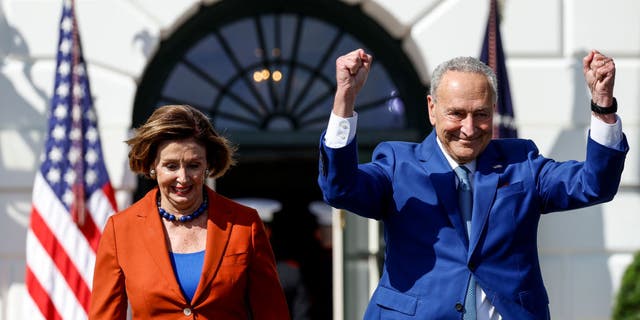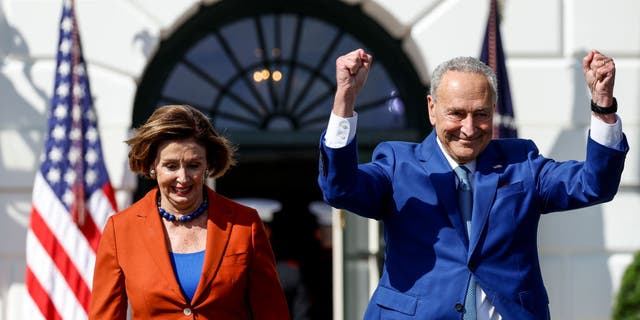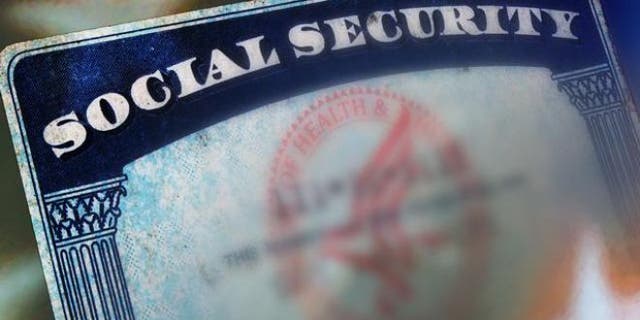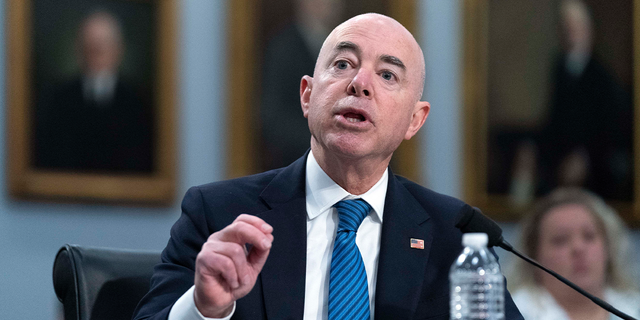
Senate clears hurdle to avoid government shutdown
Fox News congressional correspondent Chad Pergram has the latest on a looming government shutdown deadline and Senate Democrats removing an energy provision from legislation designed to keep the government open on ‘Special Report.’
NEWYou can now listen to Fox News articles!
Talk of a possible government shutdown picked up this week as Congress raced to keep the government fully funded after September 30, but as usual in Washington, D.C., things are not always as they seem.
As it turns out, a government shutdown is not nearly as scary as it sounds.
First, most federal spending consists of what Washington calls “mandatory spending.” This includes giant spending programs that affect millions of people, including Social Security, Medicare, Medicaid, income security programs, veteran and federal retirement benefits and others.
These mandatory programs are not at risk in a government shutdown – Social Security checks will still arrive on time. These programs account for the vast majority of what the government spends each year.

U.S. Speaker of the House Nancy Pelosi (D-CA) and Senate Majority Leader Chuck Schumer (D-NY) are working this week to avoid a partial government shutdown. (Photo by Anna Moneymaker/Getty Images)
According to the Treasury Department, the federal government is expected to spend about $6 trillion in fiscal year 2022 and more than $4 trillion of that counts as “mandatory” spending that will not be touched by a shutdown.
When Washington talks about a government shutdown, it is talking about closing down programs covered by so-called “discretionary spending,” which is the optional spending Congress approves each year. If Congress does not pass new discretionary bills fast enough, it can create a lapse in appropriations that causes these programs to shutter.
Some of these “optional” discretionary programs are pretty big. They include the Departments of Defense, State and Homeland Security, among others. However, even here, Washington has worked it out so that the essential parts of these discretionary programs can keep running even during a shutdown.

Social Security checks would still be issued during a partial government shutdown. (AP)
REPUBLICANS SAY THEIR PARTY IS ‘COMPLICIT’ IN RUNAWAY FEDERAL SPENDING
Each year, the Office of Management and Budget asks federal agencies to develop contingency plans in the event of a government shutdown. Those plans must include the total number of employees working there, how many would be furloughed during a partial government shutdown and how many would continue working there to ensure the “orderly termination of an agency’s functions,” according to the Congressional Research Service.
A quick look at some larger federal agencies shows many federal workers would keep working during a shutdown. The latest Department of Defense plan says it has 785,000 employees on hand, and that 194,000 would keep working to “protect life and liberty” and another 162,000 would be allowed to keep working because they do not depend on the annual appropriation from Congress.
At the Department of Justice, 98,000 workers would be “excepted” from the shutdown out of its 116,000 employees.

Alejandro Mayorkas leads the Department of Homeland Security, most of which would continue to work during a partial shutdown. (AP Photo/Jose Luis Magana)
DEMOCRATS QUASH GOP DEMAND FOR COST ESTIMATE OF FORGIVING GOVERNMENT WORKER STUDENT LOANS
At the Department of Homeland Security, 220,000 of 252,000 workers would keep working. At the Department of Health and Human Services, 47,000 of 84,000 employees would still show up to do their jobs.
Other agencies are filled with more employees that used to be labeled as “non-essential,” a term that has fallen out of favor. For example, in the last partial shutdown that started in late 2018, only about 1,000 of the Labor Department’s 14,000 workers showed up, and more than 80% of the National Park Service and the Commerce Department were told to stay home.
CLICK HERE FOR THE FOX NEWS APP
One new development that makes government “shutdowns” even less exciting is that federal workers themselves don’t get hurt too badly. Most shutdowns last a few weeks at most, and all federal workers who worked are paid for their efforts once Congress agrees on a funding bill.
Additionally in 2019, President Trump signed the Government Employee Fair Treatment Act, which requires all furloughed workers to also receive back pay, even though they did not work during the shutdown period.








